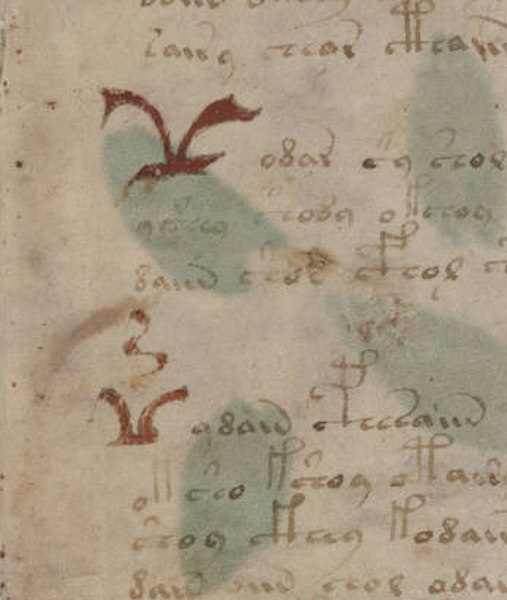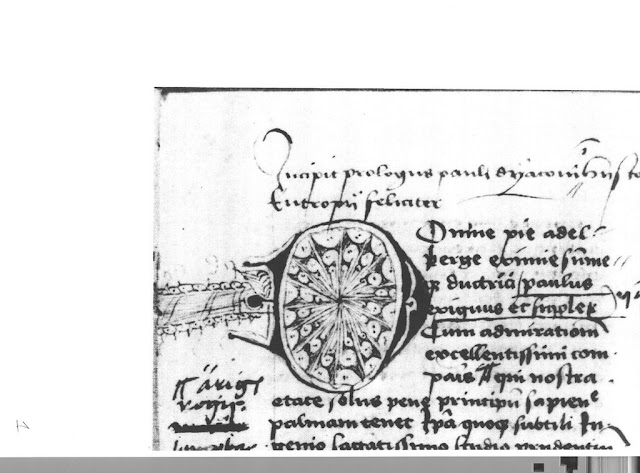This is an event in the publishing world. The reproduction rights
to one of the most mysterious works in history - the Voynich manuscript - have
been acquired by Siloe, a Spanish publishing house specializing in ancient
books, reports the British daily The Guardian.
In 2017, it will publish
898 facsimiles, sold between 7,000 and 8,000 euros each, of this document which
is "one of the most requested to appear in exhibitions around the
world", underlines Juan José Garcia, one co-founders of Siloe at the Spanish
daily El Pais. The publishing house has already received 300 orders for these
clones of the Voynich manuscript.
MORE MYSTERIOUS THAN THE DA VINCI CODE
The original of this manuscript, written on vellum (stillborn
calfskin, thinner than ordinary parchment), has been treasured since the late
1960s at Yale University, United States, in a safe. This 214-page text owes its
name to the Lithuanian antiquarian Wilfrid Voynich, who discovered it in 1912
in Italy, and constitutes an enigma alongside which the "Da Vinci
Code" appears to be a Carambar riddle.
It is, in fact, written in an unknown language or using code that
has so far never been deciphered despite the efforts of renowned cryptanalysts
from the scientific and military world. The identity of the author - or
perpetrators - also remains a mystery. We hardly know the date on which the
manuscript was written. A carbon dating, carried out in 2011, however, made it
possible to trace the origin of the text back to the beginning of the 15th
century.
“The interest is not only
to know what there is written, but also why, by whom, and where the text was
written”, explains Antoine Casanova, doctor of science, specialist in
cryptology who has devoted his thesis to the Voynich manuscript in 1999.
FROM ALIENS TO LEONARDO DA VINCI
Such a catalog of mysteries has not failed to generate theories as
diverse as they are far-fetched. Over the years, this text has been likened to
a book of magic potions, a treatise on botany (each page is illustrated by a
plant), a textbook describing alien technology, or even just a joke. The
authorship of the manuscript has long been attributed to the British philosopher
and alchemist Roger Bacon. But this thesis is incompatible with the results of
carbon dating, since the famous scientist died at the end of the 13th century.
Others consider it to be a youthful work of Leonardo da Vinci, that there are
several authors or even that the Voynich manuscript is the work of a copyist
who did not understand the original document, which would make it all the more
complex to understand the text.
The growing public interest in this enigmatic manuscript - which can be found in a novel starring Indiana Jones or in the American television series Alias - and the advent of the Internet have prompted Yale University to put reproductions on the market. High definition online in 2014 to deal with requests for consultations. "For specialists in the matter, the publication of the facsimiles will not add much, as the resources are already widely available on the Internet, but if the editing is done well this can be a good entry point for novices ”, considers Antoine Casanova.
The Siloe publishing house has promised to be as faithful as possible to the original document. She intends to reproduce down to the smallest hole, seam or stain in the work. A specific process and paste have been developed so that the final rendering of the paper provides the same feeling to the touch as vellum. A true work of art of the edition which will take eighteen months. The general public will then finally be able to hold in their hands the clone of the only known book that cannot currently be read.




0 Comments